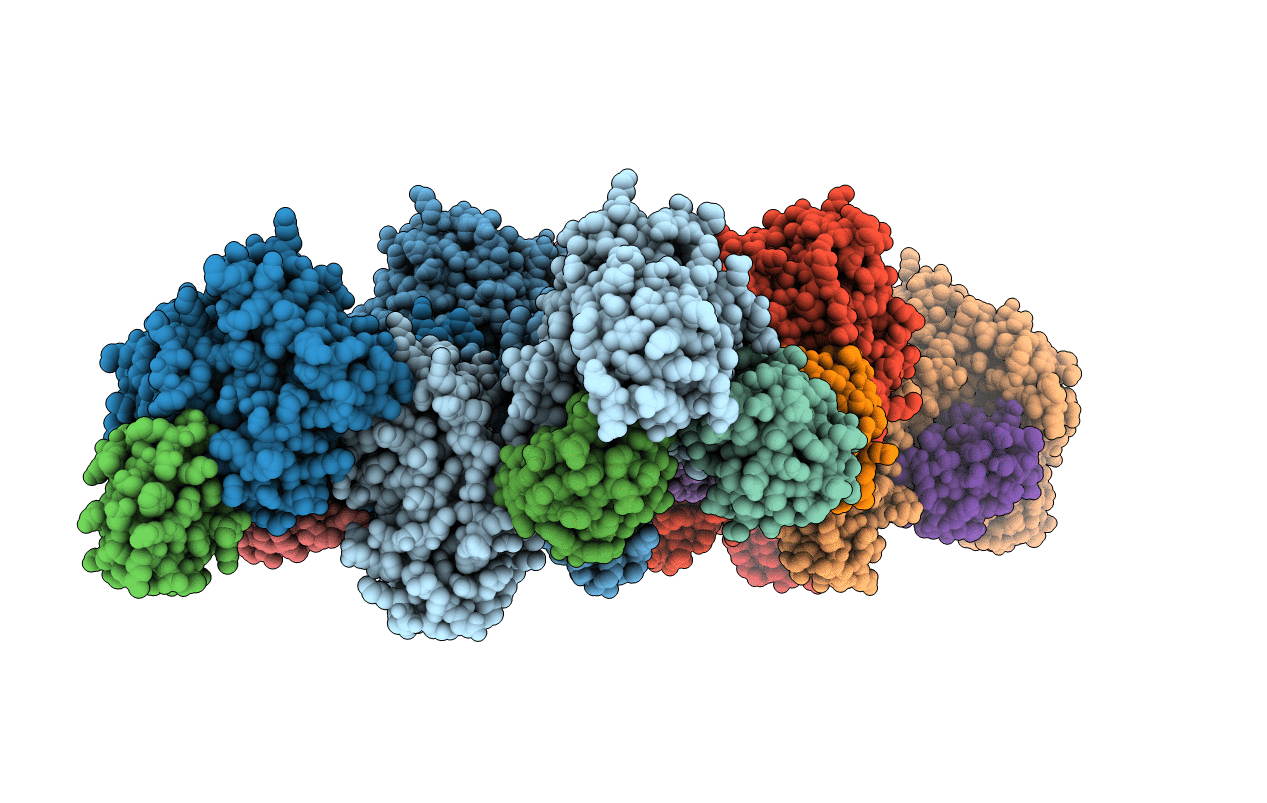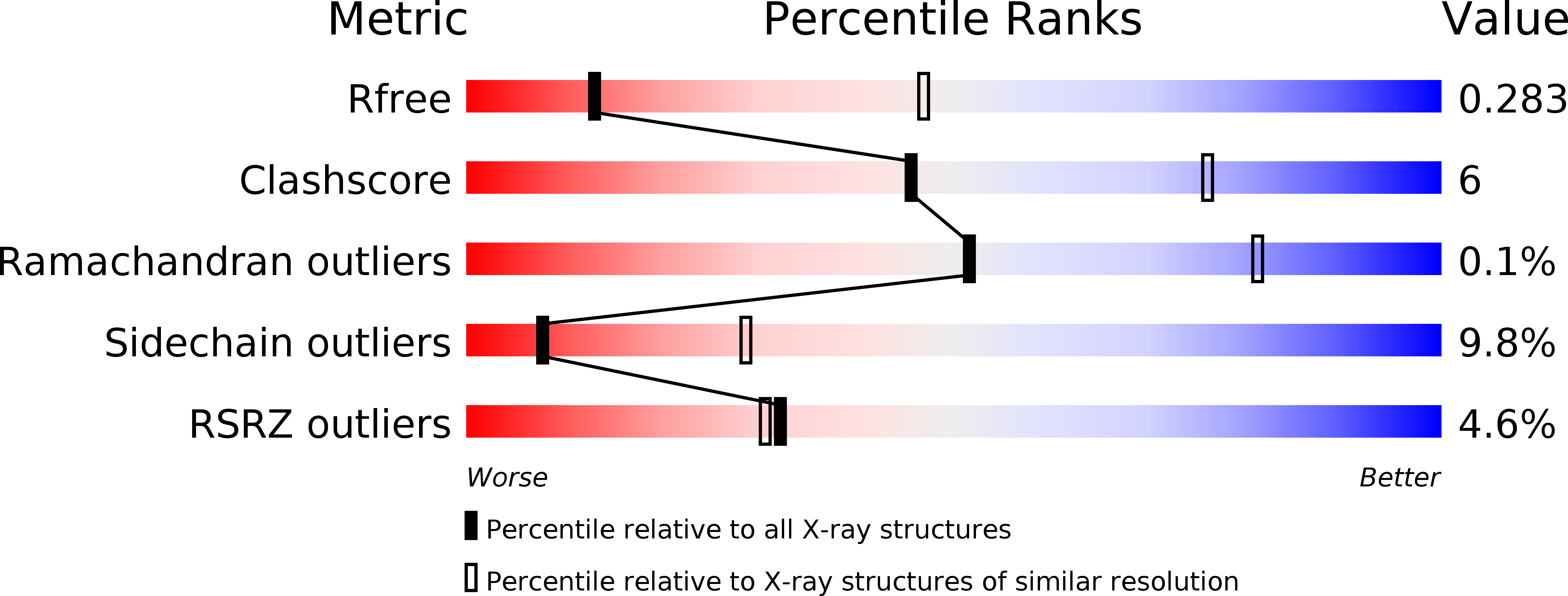
Deposition Date
2012-01-18
Release Date
2012-02-22
Last Version Date
2024-11-27
Method Details:
Experimental Method:
Resolution:
3.30 Å
R-Value Free:
0.28
R-Value Work:
0.23
R-Value Observed:
0.23
Space Group:
P 1 21 1


